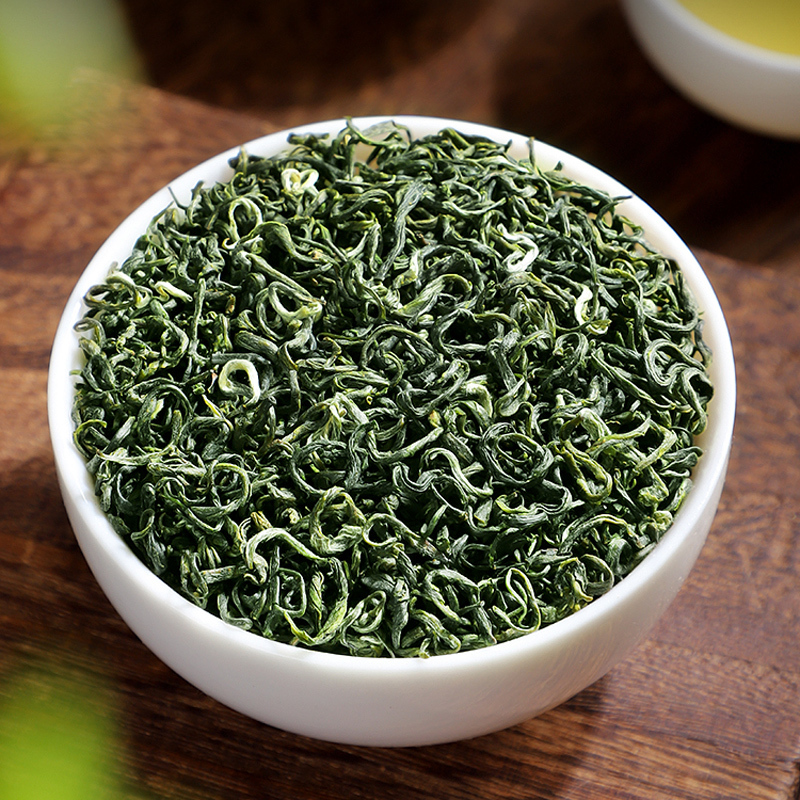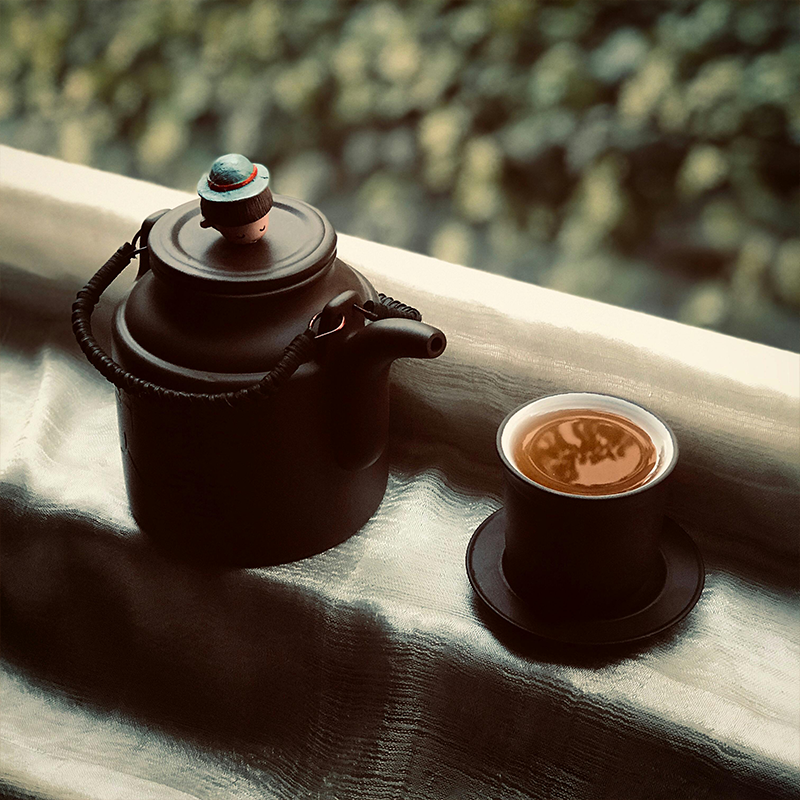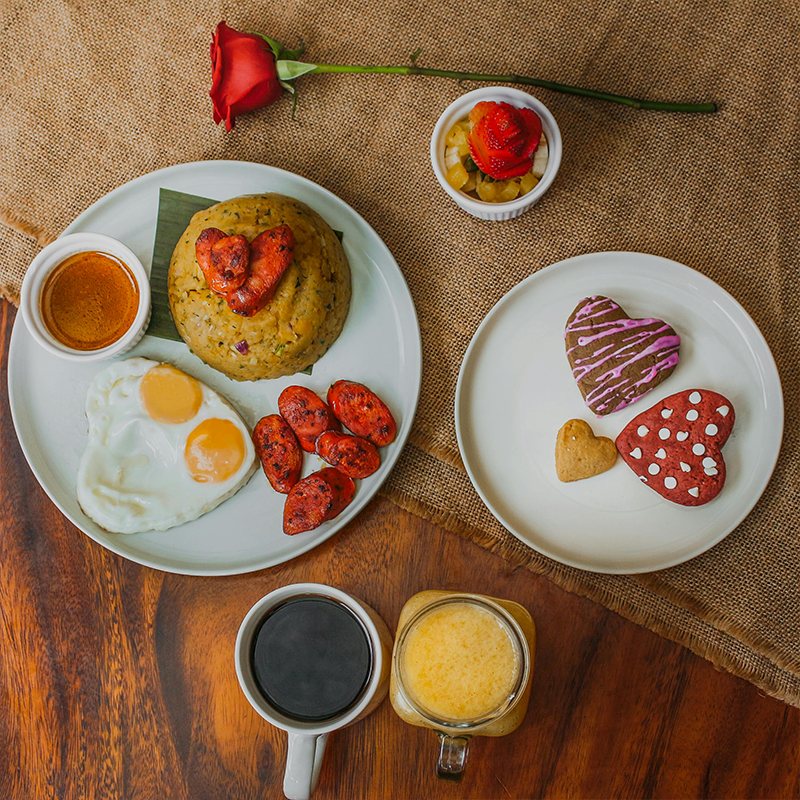Don't miss our holiday offer - up to 50% OFF!
healthy living tea pairing guide: Dance with food and enjoy double health benefits (diet pairing guide)
Have you ever thought that a simple cup of healthy living tea can work hand in hand with food to protect your health?
In the fast-paced life, we often ignore these details, but it is these details that determine the quality of our life.
Today, I will reveal to you the way to match healthy life tea, so that you can enjoy health and happiness while enjoying food!
(Next, we will explore in depth the time and amount of tea drinking, health effects, and the key points of purchase and storage, to help you become an expert in healthy living tea.)
Table of Contents
ToggleTypes and effects of healthy living tea
Before exploring the matching of healthy living tea, we first need to understand the types of tea and their unique effects.
There are many types of healthy living tea, each of which contains the gift of nature and brings different benefits to our body.
Green tea: As one of the most common healthy living teas, green tea is rich in antioxidants, especially catechins, which help fight free radicals, slow down the aging process, and promote metabolism.
slimming healthy green tea can effectively help maintain weight, and can also refresh the mind and improve mood.

How to brew healthy life tea
Before enjoying the benefits of healthy life tea, it is important to master the correct brewing method.
Different types of tea require different brewing techniques to fully release their aroma and nutrition due to their unique production process and contained substances.
How to brew green tea:
Water quality and water temperature: Use purified water or mineral water, and the water temperature should be between 80-85℃. Too high water temperature will destroy the tea polyphenols and vitamin C in green tea, affecting the taste and nutritional value.
Amount of tea: According to personal taste and tea quality, it is generally appropriate to put 3-5 grams of green tea per cup (about 200 ml).
Brewing time: The brewing time of green tea should not be too long. Generally, the first brewing is controlled between 30 seconds and 1 minute, and it can be adjusted appropriately according to the concentration of the tea soup and personal preference.
Brewing skills: Use the upper pouring method or the middle pouring method to brew green tea. Both methods can effectively prevent the tea leaves from being damaged by excessively high water temperature.
How to brew black tea:
How to brew oolong tea
Water temperature: The water temperature for brewing oolong tea should be between green tea and black tea, controlled at about 95℃.
Amount of tea: The amount of tea for oolong tea is moderate, 5-6 grams per cup (about 200 ml) is appropriate.
Brewing time: The brewing time of oolong tea is relatively flexible. The first brew can be controlled between 1-2 minutes, and the subsequent brewing can be adjusted according to the concentration of the tea soup and personal preference.
Brewing skills: Oolong tea can be brewed by high pouring and low pouring, that is, first pour hot water into the pot from a high place, so that the tea leaves roll in the hot water and fully release the aroma; then pour it into the cup at a low level to avoid splashing the tea soup and keep the tea soup clear and fragrant.
How to brew white tea, Pu’er tea and herbal tea
White tea: The brewing method of white tea is similar to that of green tea, but the water temperature can be slightly higher to about 90℃, and the brewing time can be appropriately extended.
Pu’er tea: The brewing water temperature of Pu’er tea should be controlled at 100℃, and the amount of tea and brewing time can be adjusted according to the year of the tea and personal taste. The brewing time of aged tea can be appropriately extended to fully release its unique aged fragrance.
Herbal tea: The brewing water temperature of herbal tea is generally controlled at about 90℃, and the amount of tea can be adjusted according to personal preference. The brewing time should not be too long to avoid destroying the aroma and nutrients of flowers and plants.
Summary:Mastering the correct brewing method can not only fully release the aroma and nutrition of tea, but also enhance the experience and pleasure of tea tasting.

best healthy snacks with tea
After enjoying a cup of carefully brewed healthy life tea, pairing it with a suitable snack can not only add to the fun of tea tasting, but also complement each other in nutrition, making your healthy life more colorful.
The following are recommended healthy snacks for different types of tea:
Tea snacks for green tea
Green tea is known for its refreshing taste and rich antioxidants, and is suitable for pairing with some light and delicate snacks. For example:
Japanese matcha desserts: such as matcha cakes and matcha ice cream. These desserts not only complement the flavor of green tea, but also form a wonderful layered taste.
Fruit platter: Choose fresh fruits such as apples, oranges, grapes, etc. Their sweet and sour taste can neutralize the slight bitterness of green tea, and the vitamins in the fruits complement the antioxidants in green tea.
Tea snacks for black tea
Black tea has a strong aroma and a mellow taste. It is suitable for pairing with some slightly heavier snacks to highlight the rich flavor of black tea. For example:
English afternoon tea snacks: such as scones, cream cakes, jam sandwiches, etc. These classic combinations of snacks and black tea originate from British tradition and can fully demonstrate the elegant temperament of black tea.
Nuts and dried fruits: such as almonds, walnuts, dried cranberries, etc., which are not only rich in healthy fats and fiber, but also form a wonderful contrast with the aroma of black tea.
Oolong tea snacks
The taste of oolong tea is between green tea and black tea, which is both fresh and mellow, and is suitable for some moderate taste snacks. For example:
Chinese cakes: such as mung bean cakes, red bean cakes, lotus seed paste cakes, etc. These cakes complement the taste of oolong tea, which can satisfy the taste buds without being too greasy.
Light side dishes: such as cold cucumber salad, steamed egg custard, etc., they can highlight the fresh taste of oolong tea and provide rich nutrition.
Pu’er tea snacks
Pu’er tea has a mellow taste and a unique aged aroma. It is suitable for pairing with some greasy or heavy-tasting foods to balance the taste. For example:
Nut kernels: such as peanuts, walnuts, etc., which can neutralize the bitterness of Pu’er tea and provide rich protein and fat.
Beef stew or cured meat: These meat foods complement the mellow taste of Pu’er tea, which can not only satisfy the taste needs but also help digestion.

Final summary:
Whether you want to lose weight and shape your body, relieve dysmenorrhea, detoxify and beautify your skin, or enhance immunity, improve constipation, or even assist in the management of diabetes, you can find the one that suits you in the world of Chinese herbal teas.
If you want to easily buy high-quality Chinese herbal teas, you might as well try ordering them online.
Our mall address is: https://leaftreasures.com/products/
Of course, health is an important topic that everyone should pay attention to. If you have any questions about the health benefits of Chinese herbal teas or need more professional health advice, you might as well consider subscribing to our health advice subscription service. We will publish some of the latest research and articles on healthy living from time to time to protect your healthy life
Related articles further reading:
1.Herbal tea near me – [4 Best Herbal Teas Product principle]
2.Herbal slimming tea benefits(3 Scientific Secrets of Herbal Slimming Tea You Didn’t Know)
